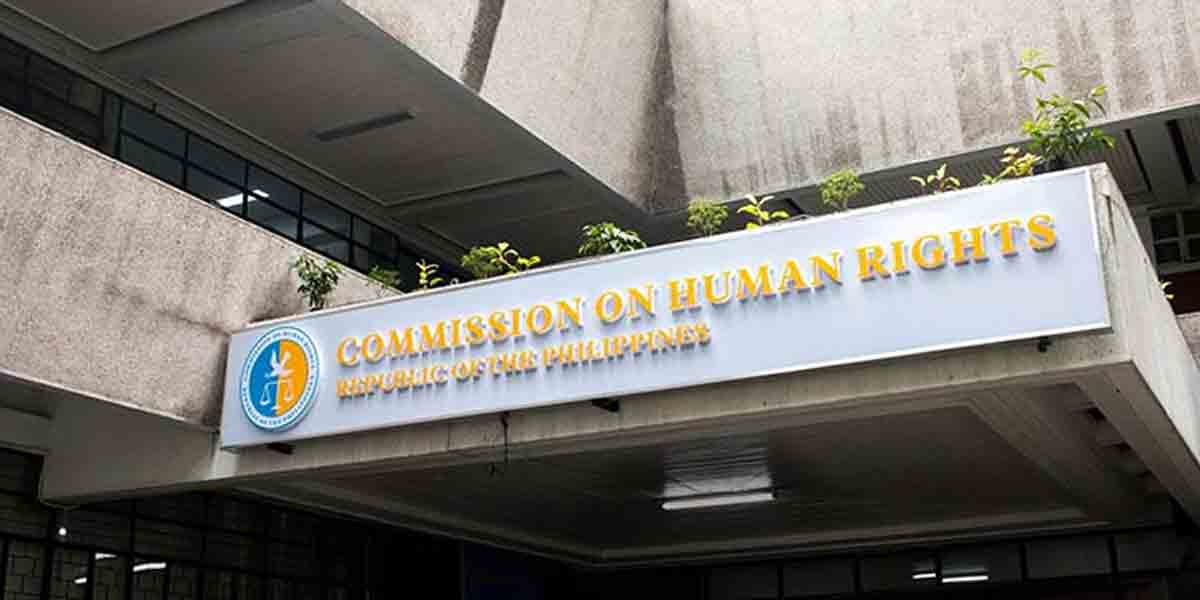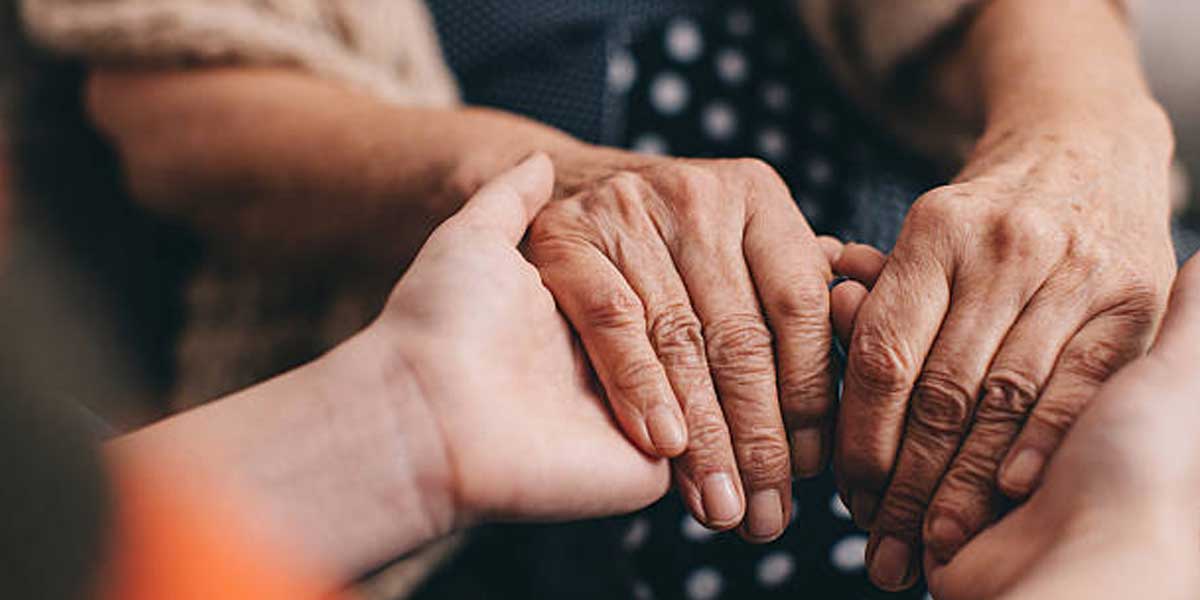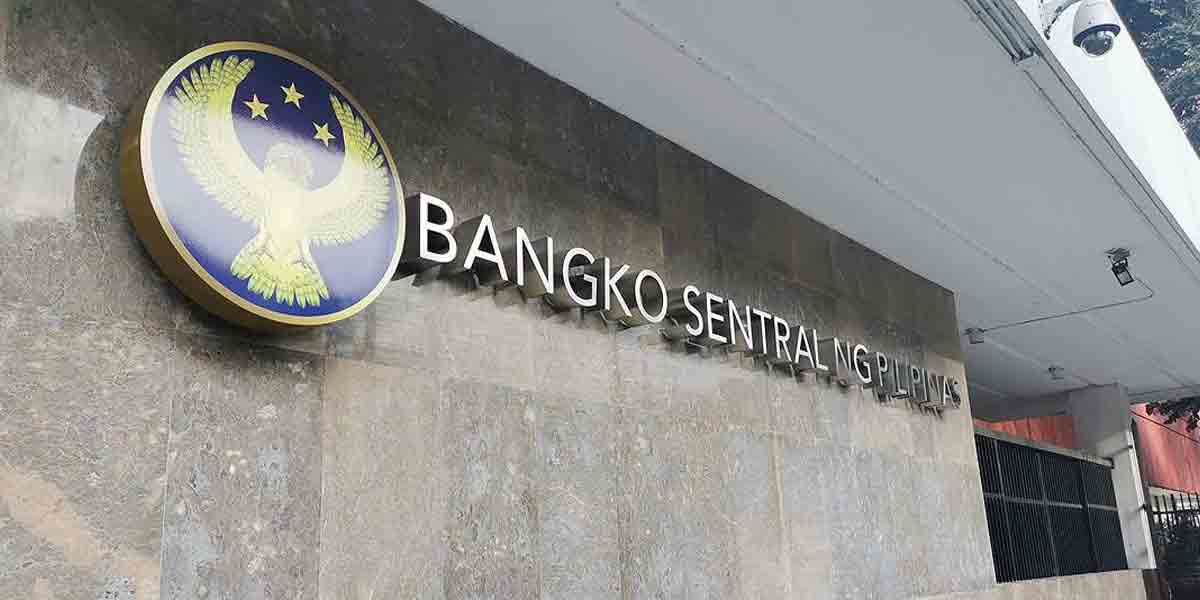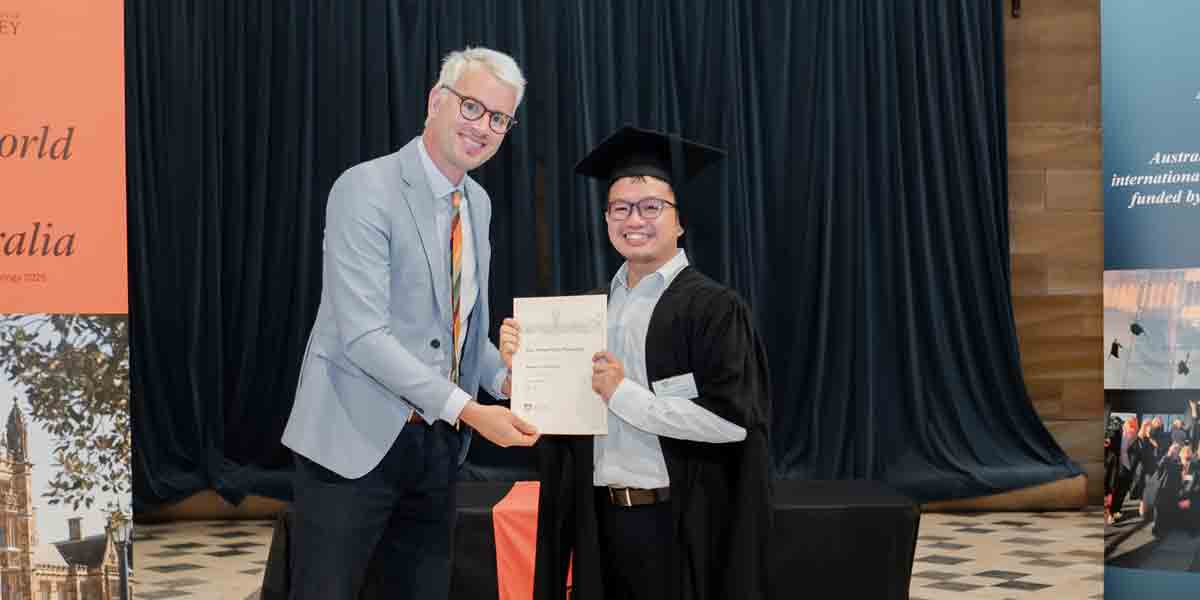
Children and youth advocates called on regional leaders to prioritize their safety and inclusion in disaster risk reduction (DRR) and climate action during the 2024 Asia Pacific Ministerial Conference on Disaster Risk Reduction on October 15 at the Philippine International Convention Center in Pasay City.
Candice, 14, a Save the Children Philippines advocate, represented young people across the region, demanding that national policies and frameworks for implementing DRR measures ensure no child is left behind.
“Let this be the moment when young people are no longer sidelined but fully integrated in risk reduction and climate action. Ensure that the future generation is safe and protected,” she said.
Candice, along with Sagar, a youth representative from Nepal, shared key priorities gathered from various consultations. These include promoting school safety, using technology for climate and disaster awareness, building resilient communities, investing in child- and youth-led initiatives, and ensuring that no child or youth is excluded from DRR and climate action efforts.
On the same day, President Ferdinand “Bongbong” Marcos Jr. stressed that building stronger societies requires addressing the needs of vulnerable sectors, including the “very young.”
“We must ensure that every voice is heard and every person is empowered to contribute to disaster risk reduction and receive the assistance that they need if the time comes,” he said.
The Philippines was recently named the world’s most disaster-prone country by the World Risk Index, which poses serious threats to children, particularly the three million families living below the poverty line. These threats affect their education, well-being, and basic rights.
Save the Children Philippines continues to urge the government to recognize that children are not merely victims of disasters but can be active participants in DRR and anticipatory action.
Candice is part of the “Batang Empowered and Resilient Team” (BERT), a child-centered DRR training program that helps children understand risks and hazards at home and in schools. She joins thousands of child facilitators across the country who teach other children about DRR in her province, Bulacan.
“Their perspectives must be integrated into early warning systems and preparedness strategies, empowering them to actively contribute to shaping disaster preparedness, response, and recovery efforts within their schools and communities,” said Marlon Matuguina, Save the Children Philippines’ Risk Mitigation and Climate Resilience Manager.
As the conference continues, discussions will focus on inclusive strategies for disaster resilience, including gender-responsive and disability-inclusive approaches. Leaders and stakeholders will highlight the need for proactive, child-centered solutions to build a climate-resilient future for the region’s most vulnerable populations—its children.


























